Landing at Congonhas, São Paulo domestic airport, is a thrilling urbanistic experience: long minutes of flying over a concrete jungle composed of thousands of grey buildings grouped together as small independent organisms spreading over the asphalt,like some buoyant living urban landscape. As concrete offered Brazil international recognition in the 1950-60s with some of the most iconic constructions of modern architecture, its bursting capital fully embodies today this brutalist identity from a bird’s eye-view.
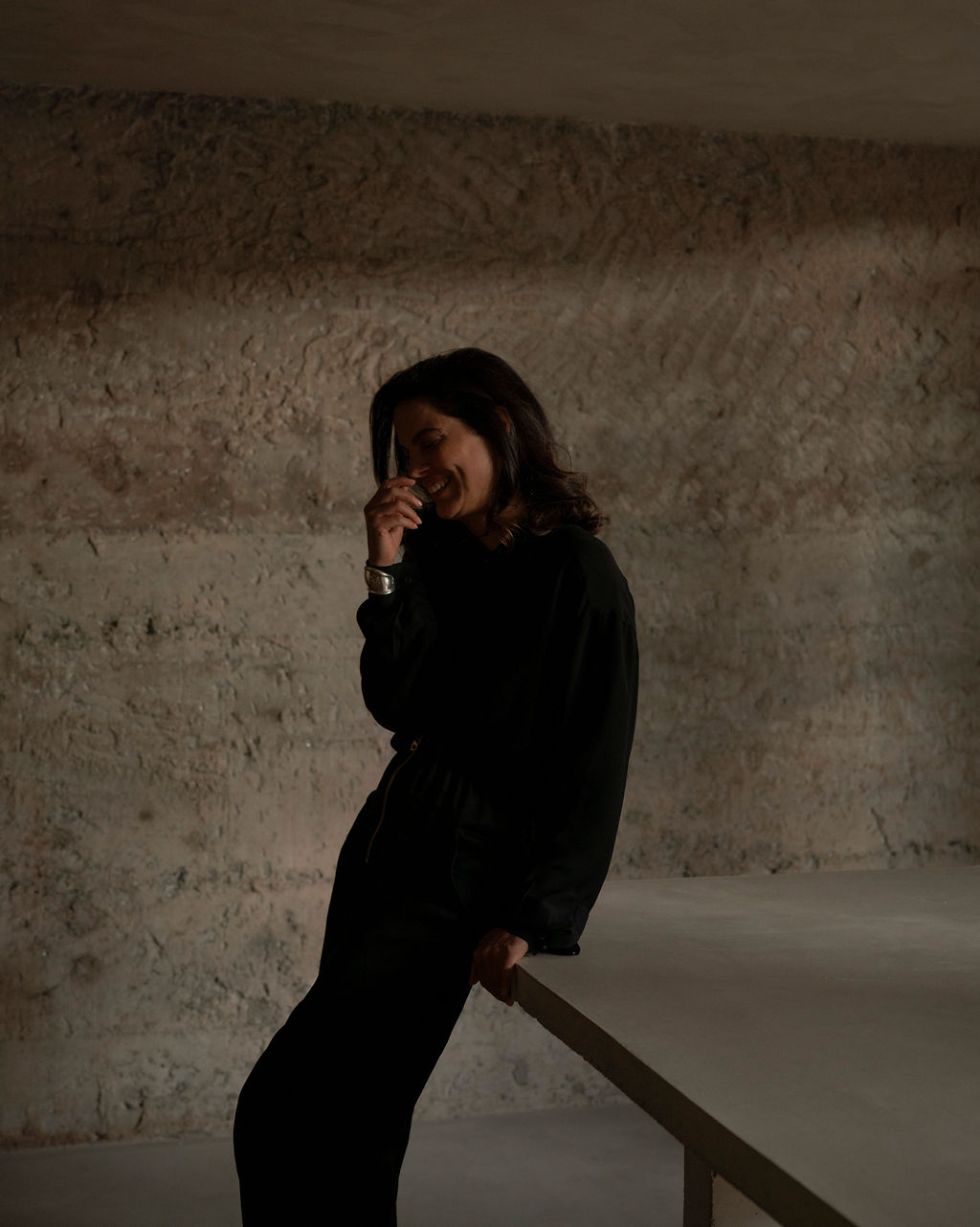
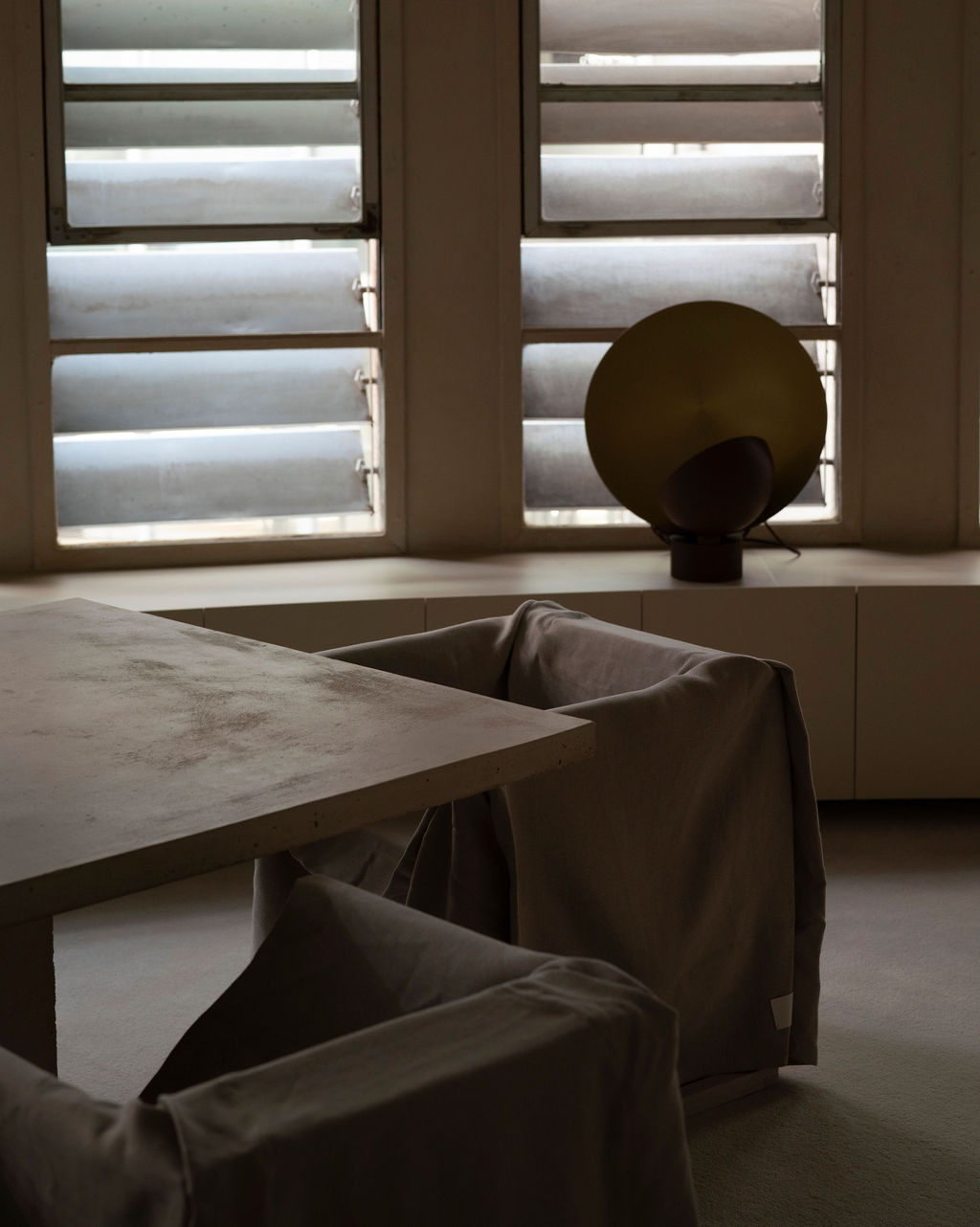
This is the megalopolis Brazilian architect Mariana Schmidt moved to twenty years ago from her rural Minas Gerais —an inland state built on colonial gold mining and coffee growing activities—whose traditional craftsmanship culture recently gained visibility on the national design scene with the Creative Week of Tiradentes, a festival fostering links between designers and local artisans. Schmidt followed in her father’s and grand-father’s footsteps (both worked in the building industry) as she graduated in architecture at the University of São Paulo, but with an earlier solid psychology training that sheds some singular light on her well-articulated architectural practice vision.
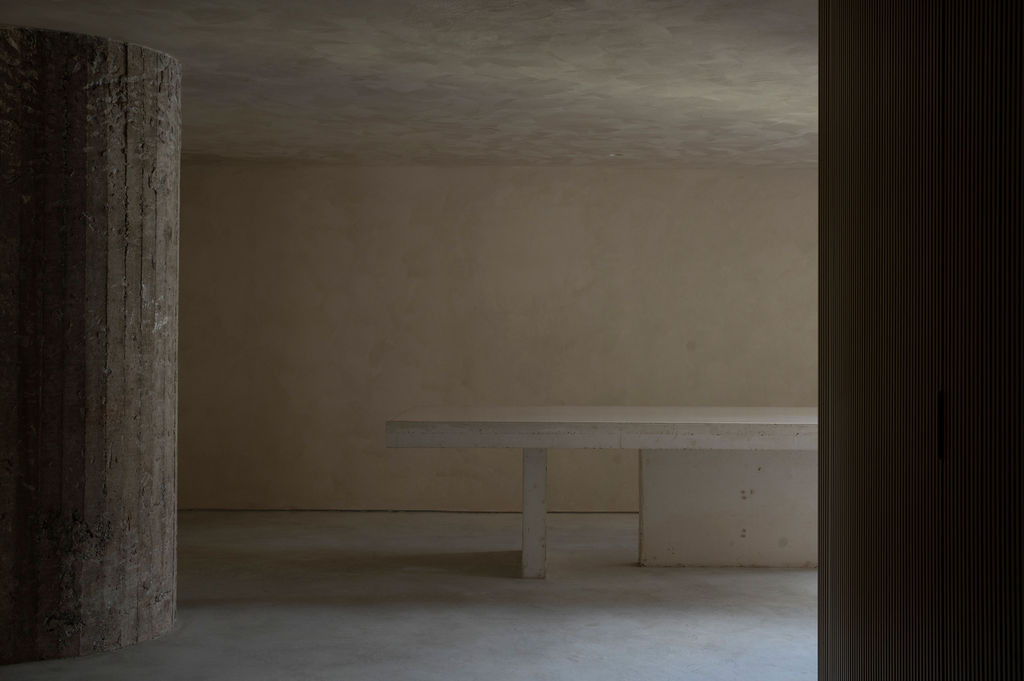
“Sigmund Freud says it is important to dialogue before being able to elaborate and I couldn’t agree more. I enjoy working in a team – I feel like I am part of a whole. I love to debate, to discuss and to exchange points of view. And I love provocation” says Schmidt. Over the past ten years, her transdisciplinary studio has been elaborating projects with an ‘atelier’ approach: a small group of professionals coming from diverse backgrounds -architects to visual artists, photographers or landscape designers- all working together collaboratively.
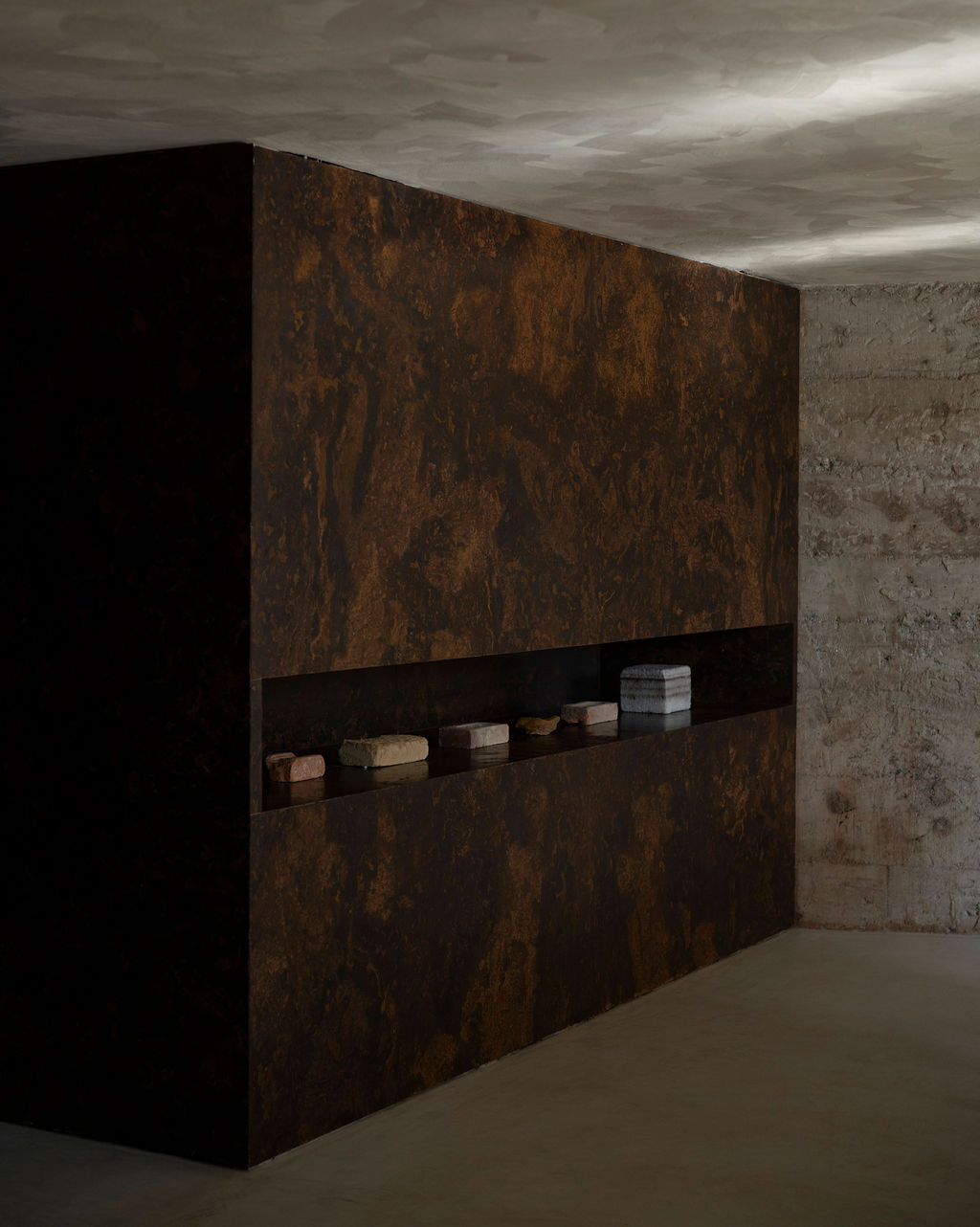
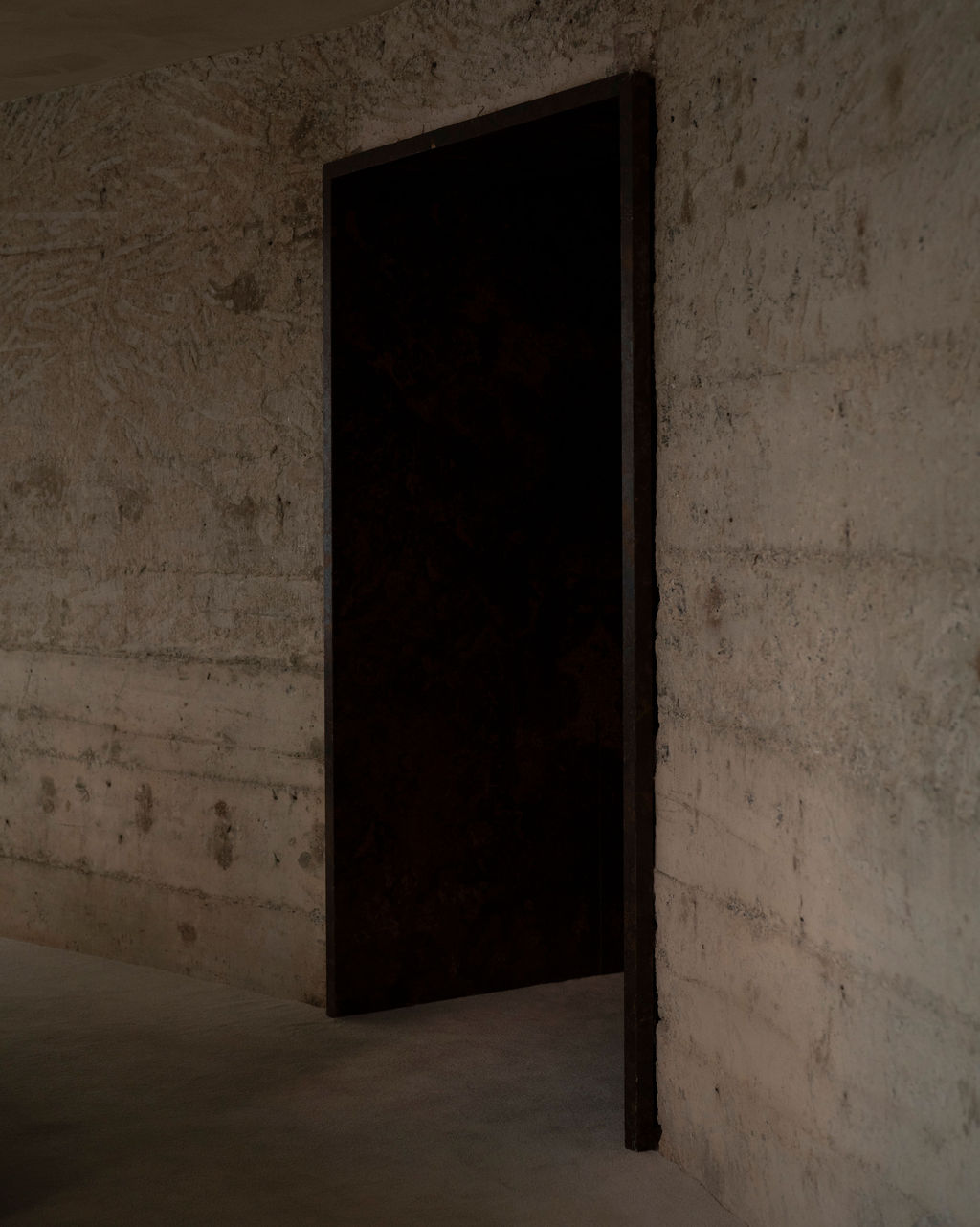
This collective intelligence mindset has enabled MNMA Studio (pronounced ‘minima’) to create its own path, instilling a refreshing new take on the Paulista materiality with highly sensorial, immersive and sculptural projects built on processes that favor experience and sensations over form, tightly threading together tradition and technology to reinterpret the timeless beauty of rustic craftsmanship and celebrate the simplicity of vernacular authenticity.
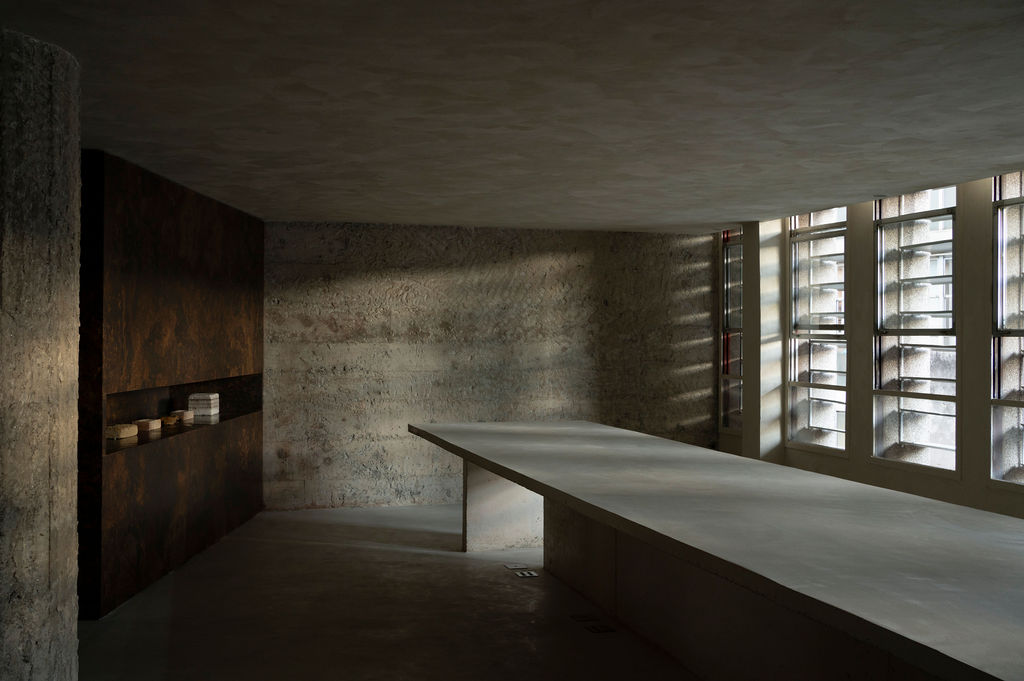
“In Brazil, the word ‘vernacular’ is associated with the African slaves roots of our country’s constructive basis so it has some pejorative connotation. We use the word ‘popular’ even if some people tend to think that it conveys some grass roots meaning. Lina Bo Bardi has been a game-changer as to reveal and release the amazing strength of the word ‘popular’ in Brazilian culture and architecture. And I personally believe very much in this popular empirical knowledge,” explains Schmidt.
Sand, mortar, wood, clay, plaster, slaked lime, natural stone, rusted metal or natural pigments are part of the organic palette of MNMA’s earthy language. An ancient materials vocabulary that Mariana Schmidt has been honing over the years by traveling to Amazonia, South America and more specifically to Africa where she maps and studies ethnical construction techniques, drawing inspiration from these ancestral practices and exposing similarities with some of her native rural land of Minas Gerais’ building and crafting approaches inherited from displaced Africans’ savoir-faire.
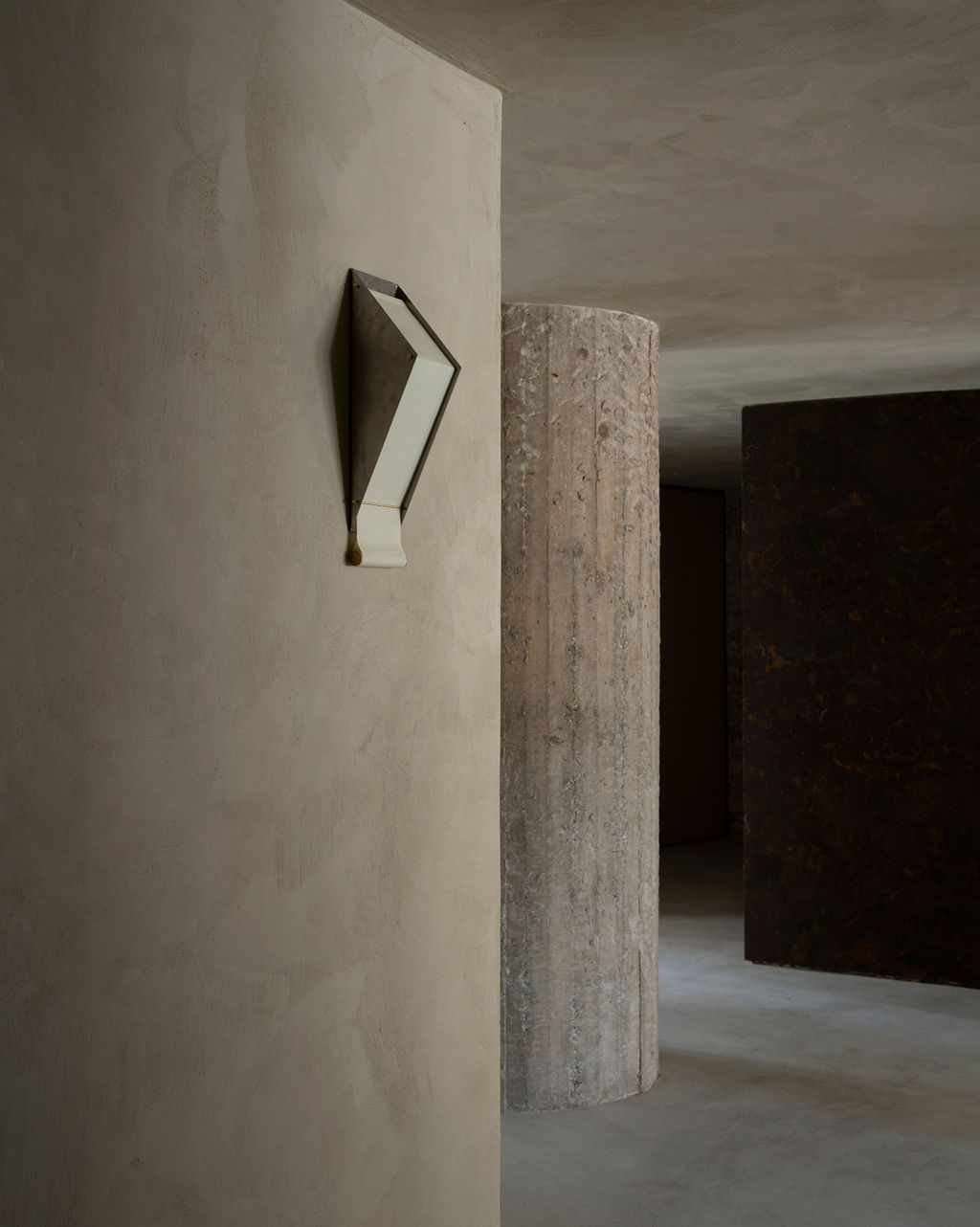

“It is amazing to bring to São Paulo a story from Minas Gerais and see how much it impacts people. They say that our work is very different and I say it’s actually quite ordinary because it has been there for centuries. Now what we do is we make it contemporary : our work is to refresh people’s eye » specifies Schmidt. Recently, MNMA Studio’s offices moved into Edificio Italia, one of the highest skyscrapers of the capital and a revered staple of its architectural patrimony built in the agitated city center between 1956 and 1965. Softly blending into the outdoor concrete jungle landscape, MNMA’s sensorial DNA incarnates here in a deeply meditative, contemplative form: irregular natural textures, raw plain surfaces and authentic artisanship intonations offer a profound sensation of calmness.
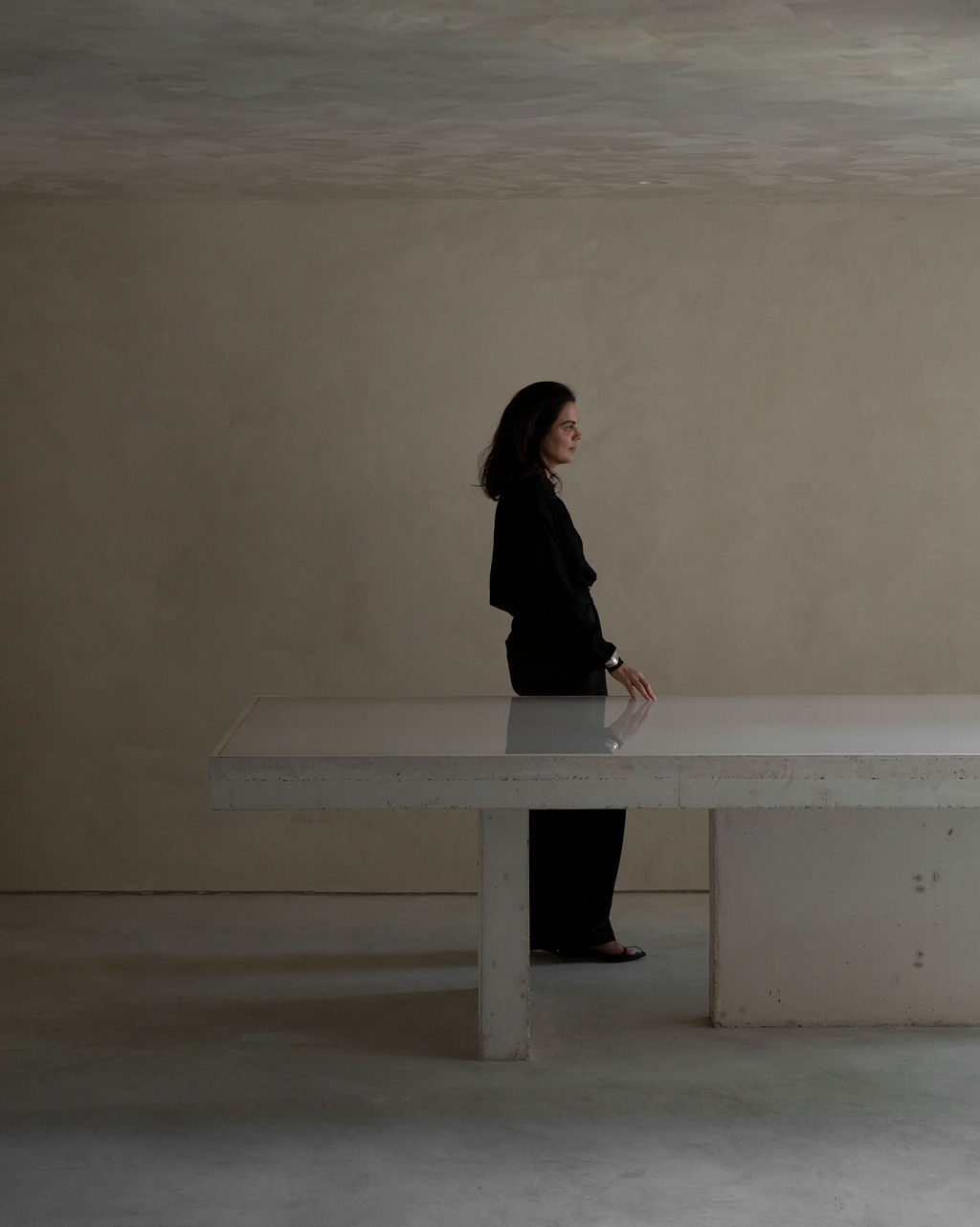
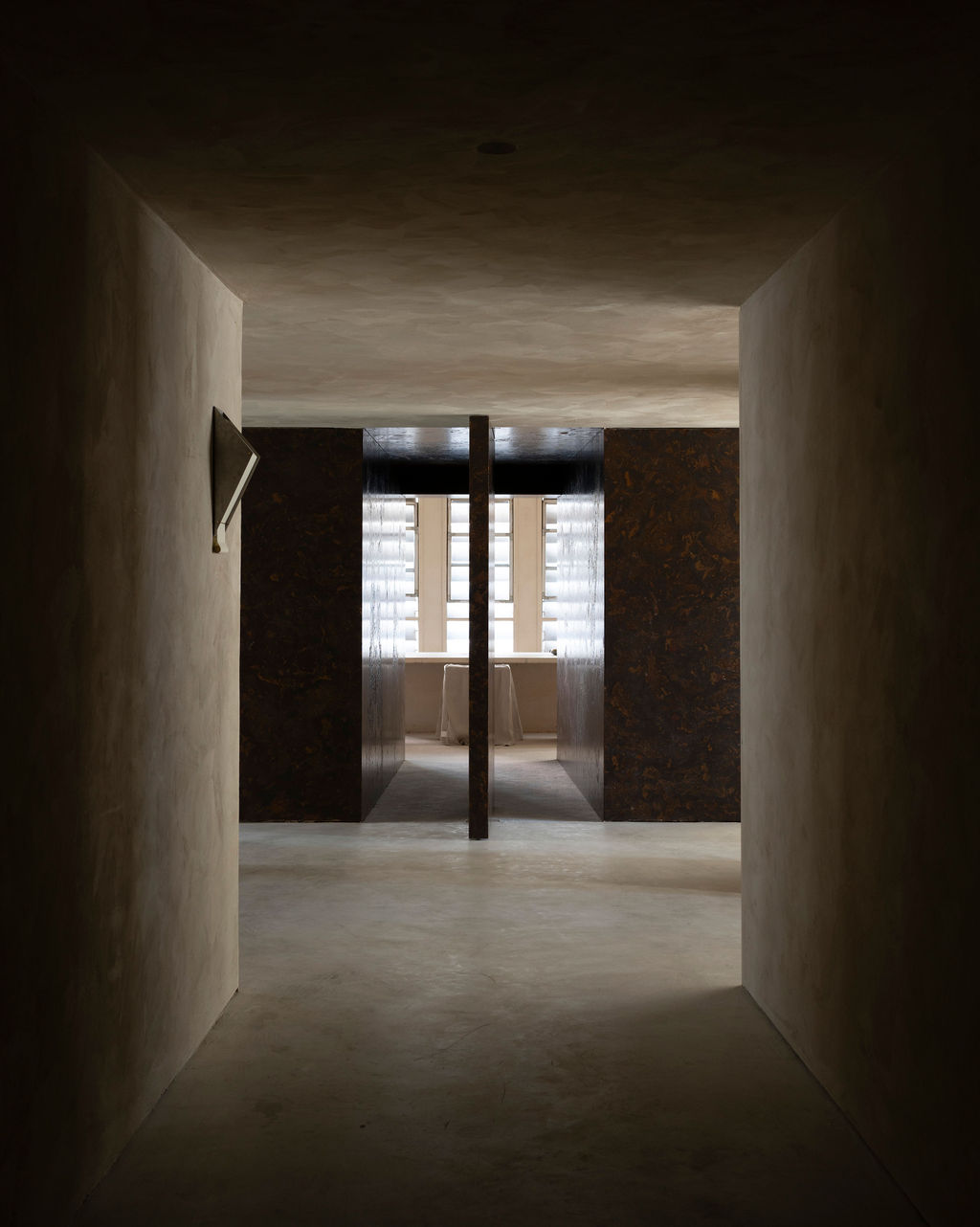
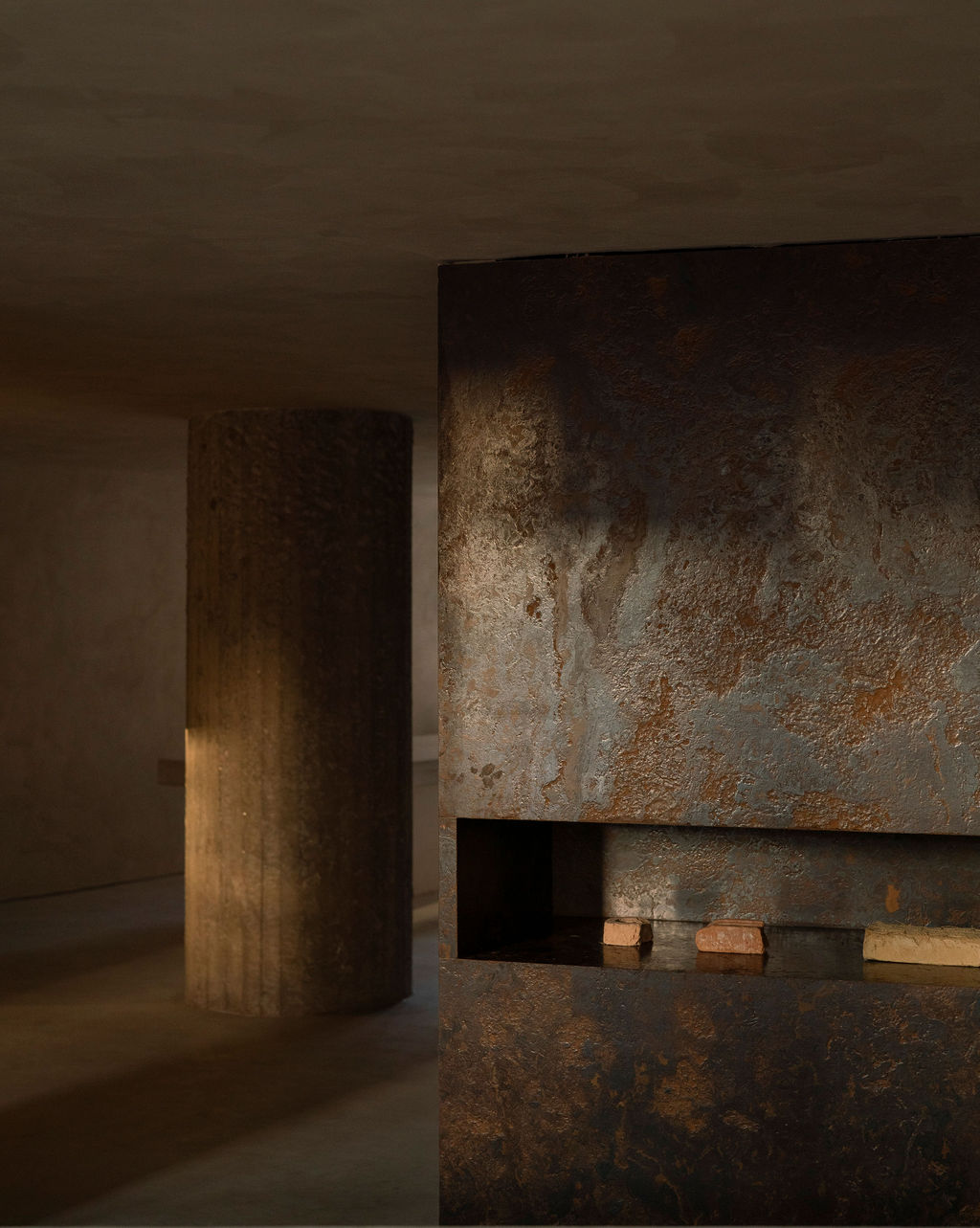
“I believe space reverberates sensations. This space has our atmosphere, it talks about the materiality that we work with” adds Schmidt. A ‘quietly powerful energy’ exudes from the working facility, encouraging to decelerate, to change velocity. Shades, silence and respiration interplay with the space’s brutalist volumes, as a subtle yet invigorating ‘architecture in withdrawal’ statement inviting to reconcile people, nature and the city. “We don’t pretend to reinvent the wheel – but we can make it whirl at a slower pace. So that people can really slow down, take time and appreciate things better. I feel like that’s what my work is going to be about.”



